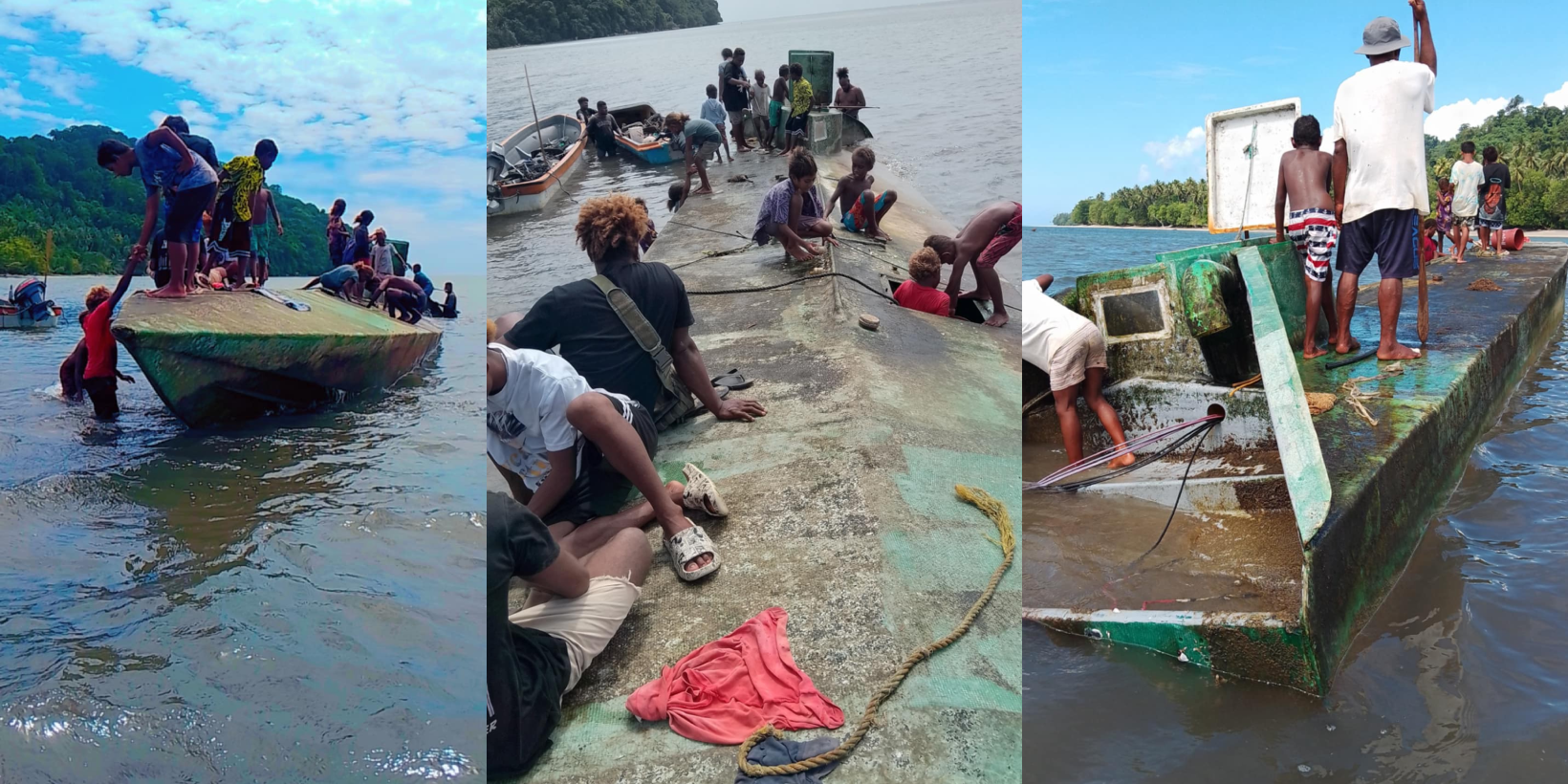A MYSTERIOUS Canadian sailor who frequented the waters of the Western Province for a decade is now suspiciously linked to the widespread story of Solomon Islands role in the global drug smuggling trade.
Locals and analysts believe that the country’s vast, under-patrolled maritime space has served as a “quiet corridor” for drug trafficking, particularly for cocaine shipments moving between Latin America, Australia, and Southeast Asia.
A boat driver of mixed Vella La Vella- Rannoga parentage, who wished to be only called Maxi, recalled meeting a foreigner from Canada in Gizo between 2004–2007. The man arrived on a private yacht, anchoring regularly near PT109 Club.
“He was friendly, open to everyone, and always around town,” Maxi told Solomon Star in an interview this week.
“But there was something strange about him—he could be aggressive, especially with women, and he had that look of someone who might be using drugs.”
Maxi said the Canadian often spoke about his adventures at sea and the Canadian once asked him to join him on a trip to Bali, Indonesia.
“I was shocked. It was odd—he barely knew me and wanted me to sail across the ocean with him. That raised some red flags,” Maxi said.
Later, around 2011 and 2012, the sailor travelled to Papua New Guinea where he started a relationship with a woman from Kenya.
But the relationship fell apart, and the Kenyan filed a report to the PNG Police. By then, the Canadian sailor had fled PNG waters and was on his way back to Solomon Islands after escaping from the Kenya woman in a night club in PNG.
PNG authorities alerted counterparts in Honiara and Noro. After sometime, the sailor went into hiding at Liapari Island near Vella, reportedly evading law enforcement for over two weeks.
“He ran out of food and tried to return to Gizo for supplies,” Maxi said. “That’s when Police and RAMSI caught him.”
According to Maxi, the sailor was told to compensate the Kenyan woman or face arrest.
The compensation was to buy the full hotel accommodation cost for the Kenyan women for the time the police put her there and also to buy her air ticket back to Kenya.
After settling the matter, he wrecked his yacht near Yandina and reportedly flew out of the country—possibly back to Canada.
“I always wondered what he was really doing out here. Looking back, it all makes more sense now with the drug boats we’ve seen over the years,” Maxi said.
‘’Or was he just a drug smuggler or dealer who transports drugs and makes transit over our waters with other foreign drug smugglers in the same pool of network,’’ he added.
Maxi’s story resurfaced following the recent discovery of a suspicious boat off Ramos last week that was dubbed by locals as a “Narco Sub.”
Lau-Baelelea Member of Parliament Ben Maenu’u found the strange vessel known as “Narco Sub” on July 28 during a fishing trip off Ramos Island.
The craft, fitted with four 85 horse-powered outboard engines, contained narrow corridors, sealed compartments, and various items including clothes, a voter ID card featuring a Black man, and Spanish-language text including the word “San Francisco.”
MP Maenu’u could not tow the boat to Honiara, and it drifted towards Isabel Province.
An Isabel youth who helped inspect the vessel told Island Sun that it had two large sealed boxes, possibly fuel tanks and tight spaces inside. According to the youth, the boat did not look like an ordinary one.
This aligns with how narco-submarines are built to avoid detection at sea—low-profile, fast, and with hidden compartments for transporting drugs.
In past years, similar incidents have been recorded.
In 2019, 415 packages suspected to be cocaine were recovered from a dinghy washed ashore at Ulawa in Makira-Ulawa Province.
In 2018, Royal Solomon Island Polic Force ( RSIPF) seized one of the country’s largest cocaine hauls from a yacht anchored near Honiara, based on a tip from Australian authorities.
For over a decade, drug trafficking experts have warned that the South Pacific is a vulnerable transit zone for narcotics—especially cocaine and methamphetamines—moving from Latin America to Australia and Asia.
“The Pacific has been a transit point in the drug route for decades,” The Guardian reported in 2019.
“But law enforcement and analysts say the use of the route has increased dramatically in recent years.”
A regional security analyst in Suva called the Pacific “the soft underbelly” of global trafficking routes: “Our vast, scattered islands and limited surveillance make it easy for smugglers to hide in plain sight.”
Canada, while not close to Southeast Asia or Latin America, is involved in global drug routes. Canadian criminal groups are known to export synthetic drugs to Asia and import cocaine from Colombia and Mexico,’’ according to reports.
The Canadian sailor’s movements through the Pacific raise suspicions that such individuals may be more than just adventurers—they may be operating under the radar, as part of organized trafficking networks.
Despite repeated seizures, authorities in Solomon Islands still lack the resources and capabilities to fully monitor their waters.
A combination of poor funding, minimal maritime patrols, and slow political action continues to hinder national security efforts.
However, leaders and citizens believed that the current Government would tackle such issues that concern national security across our borders and waters and tackle drug trafficking networking in the waters of Solomon Island.
“Cocaine smugglers have been here for a long time.
“We just didn’t know how deep it ran,” Maxi concluded.
By ULUTAH GINA
Solomon Star, Gizo









